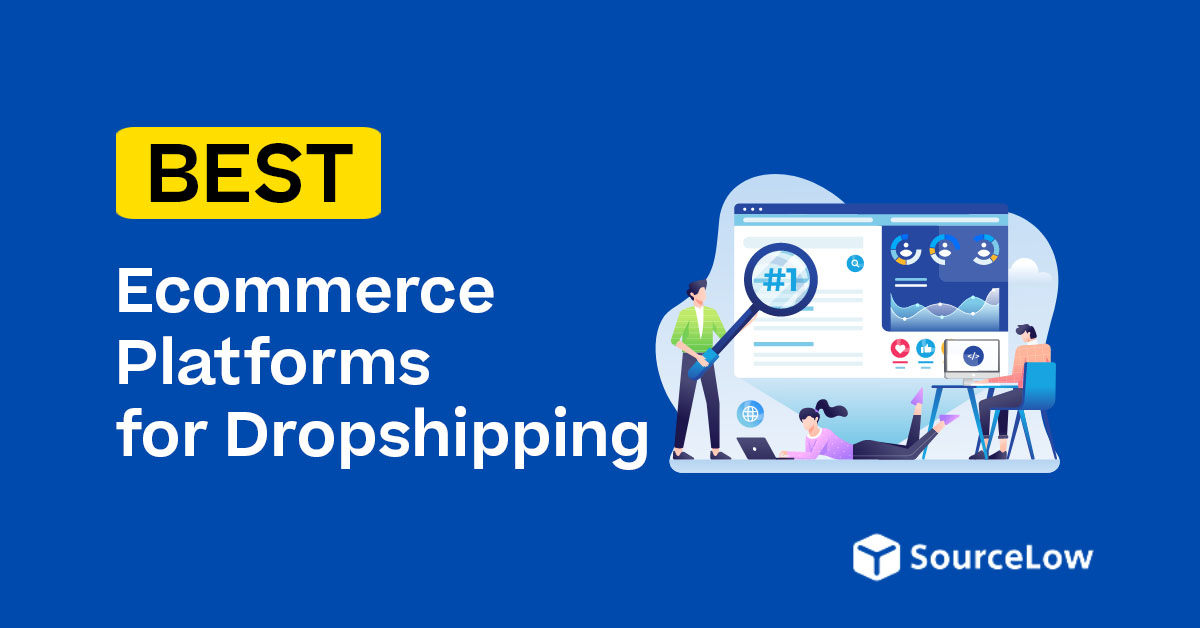Disclosure: We may earn a commission or fee from some of the links in our content. However, this does not affect our recommendations. Learn more.
When I first started in dropshipping, I had no idea how much the ecommerce platform mattered.
I thought I could just grab any website builder, upload a few products, and orders would roll in.
It didn’t take long to realize the platform you choose will directly impact your store’s speed, conversion rates, and how easily you can scale.
In this guide, I’ll walk you through the top ecommerce platforms for dropshipping, break down their pros and cons, and share real-world data and examples so you can choose the one that fits your business model.
Whether you’re brand new or looking to upgrade from your current setup, you’ll see exactly what each platform offers and where they might fall short.
Why Choosing the Right Platform Matters
Dropshipping is already a business model with slim margins and tight competition. You’re outsourcing fulfillment to suppliers, which means you have less control over shipping times and product quality.
That’s why your ecommerce platform needs to make everything else easier — from product importing to payment processing and customer management.
If you pick the wrong platform, you might face:
- High transaction fees eating into profits
- Slow page load speeds that hurt conversions
- Poor integration with suppliers, meaning manual order entry
- Limited customization that makes your store look generic
On the flip side, the right platform will:
- Connect easily to dropshipping tools like DSers, Spocket, and AliDropship
- Handle payment processing securely and affordably
- Offer fast hosting and mobile-optimized themes
- Give you room to scale without rebuilding from scratch
Quick Comparison Table
| Platform | Ease of Use | Customization | Dropshipping Apps | Pricing (Entry Plan) | Scalability |
|---|---|---|---|---|---|
| Shopify | ★★★★★ | ★★★ | ★★★★★ | $39 | ★★★★★ |
| WooCommerce | ★★★ | ★★★★★ | ★★★★ | $10–$30 (Hosting) | ★★★★★ |
| BigCommerce | ★★★★ | ★★★★ | ★★★★ | $39 | ★★★★★ |
| Wix | ★★★★★ | ★★★ | ★★★ | $27 | ★★★ |
| Squarespace | ★★★★ | ★★★ | ★★ | $33 | ★★★ |
| Shift4Shop | ★★★ | ★★★ | ★★★ | $0 | ★★★★ |
Top Ecommerce Platforms for Dropshipping
Here’s a breakdown of the most popular platforms, their features, and where they shine.
1. Shopify
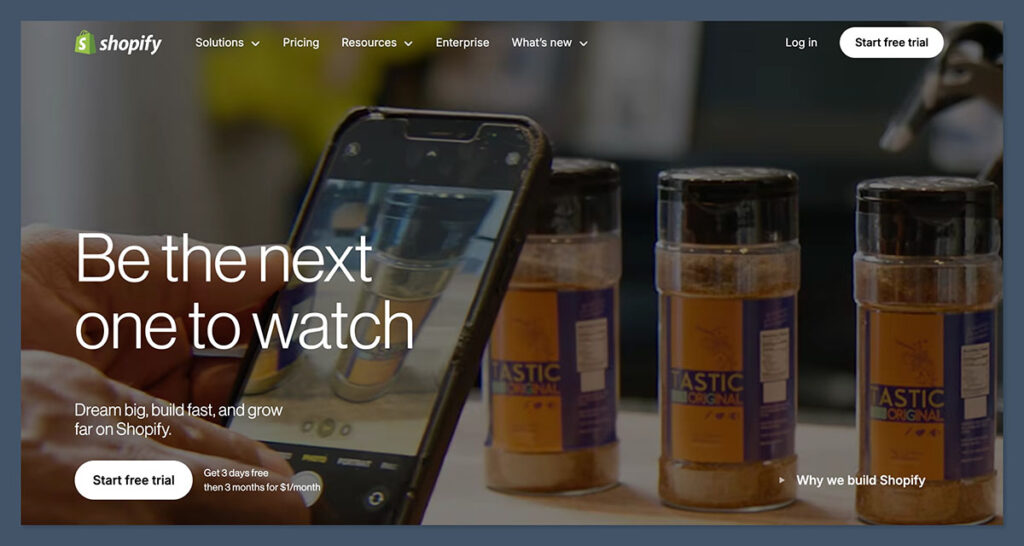
If someone asked me for the fastest way to launch a dropshipping store, I’d say Shopify almost every time.
It’s a hosted platform, meaning you don’t have to deal with web hosting or complex technical setup. You can get a store live in hours, not days.
Pros:
- Large app store with tools for dropshipping (DSers, Spocket, Printful, etc.)
- Beginner-friendly dashboard and store builder
- Mobile-optimized themes that look professional right away
- 24/7 support via chat, email, or phone
Cons:
- Monthly fee starts at $39, plus transaction fees if you don’t use Shopify Payments
- Reliance on paid apps for advanced features can add up
- Less control over code compared to open-source platforms
Pricing Table:
| Plan | Monthly Cost | Transaction Fee (Non-Shopify Payments) |
|---|---|---|
| Basic | $39 | 2% |
| Shopify | $105 | 1% |
| Advanced | $399 | 0.5% |
Best For: Beginners who want speed and simplicity without sacrificing design quality.
2. WooCommerce
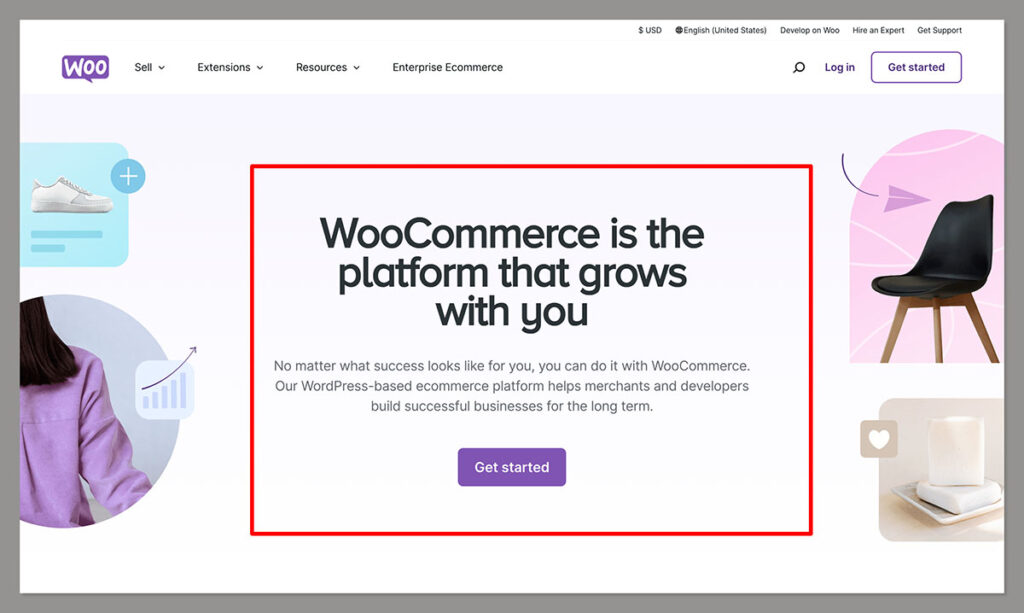
WooCommerce is a free plugin for WordPress that turns your site into a full ecommerce store.
Unlike Shopify, you’re in charge of hosting, but that means more control and no monthly platform fees.
Pros:
- No transaction fees from WooCommerce itself
- Thousands of plugins and themes available
- Full ownership and control over your website
- Strong SEO capabilities because it runs on WordPress
Cons:
- You need to manage your own hosting and updates
- Can be slower to set up for beginners
- Some dropshipping tools require paid extensions
Pricing Estimate (With Hosting):
| Item | Monthly Cost |
|---|---|
| Hosting (SiteGround, Bluehost, etc.) | $10–$30 |
| Domain | $1–$2 |
| Paid Plugins (Optional) | $10–$50 |
Best For: Sellers who want full control, customization, and strong SEO for the long haul.
3. BigCommerce
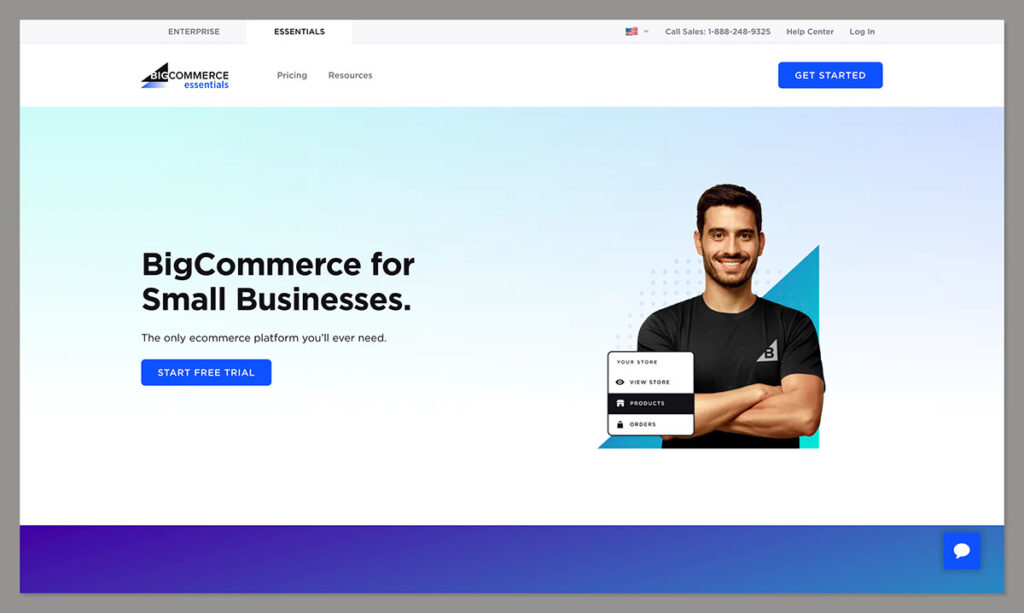
BigCommerce is similar to Shopify but with more built-in features.
You’ll find fewer paid apps are needed for essentials like gift cards, customer groups, and real-time shipping quotes.
Pros:
- No transaction fees on any plan
- Scales well for high order volumes
- Strong built-in SEO tools
- Multi-channel selling to eBay, Amazon, and social platforms
Cons:
- Smaller app store than Shopify
- Learning curve for beginners can be steeper
- Annual sales limits on each plan before forced upgrade
Pricing Table:
| Plan | Monthly Cost | Annual Online Sales Limit |
|---|---|---|
| Standard | $39 | $50,000 |
| Plus | $105 | $180,000 |
| Pro | $399 | $400,000 |
Best For: Growing stores that want built-in features and scalability without app overload.
4. Wix eCommerce
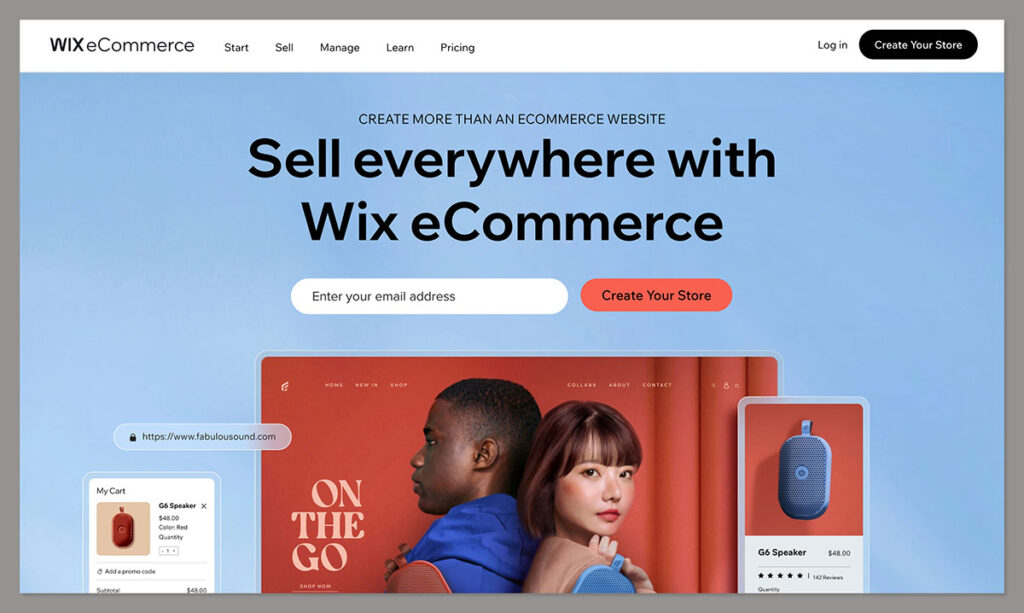
Wix is well known for its drag-and-drop site builder. For dropshipping, it offers integrations with suppliers like Modalyst, Spocket, and Printful.
Pros:
- Very beginner-friendly interface
- Beautiful templates with easy customization
- Affordable entry-level pricing
- Built-in marketing tools like email campaigns
Cons:
- Less scalable for large product catalogs
- Limited customization compared to WooCommerce
- Some dropshipping integrations are less advanced
Pricing Table:
| Plan | Monthly Cost |
|---|---|
| Business Basic | $27 |
| Business Unlimited | $32 |
| Business VIP | $59 |
Best For: Small to medium dropshipping stores with a focus on design.
5. Squarespace
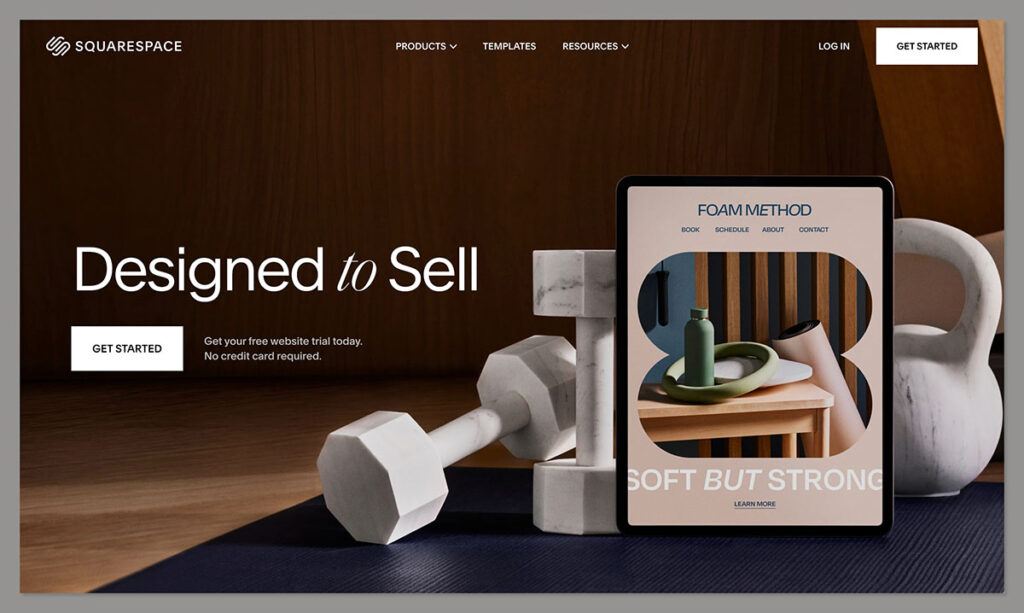
Squarespace has a reputation for gorgeous templates, making it ideal for brands where visual presentation is key.
Dropshipping integrations are fewer, but you can still connect through Spocket or Printful.
Pros:
- Stunning, mobile-optimized designs
- Simple, all-in-one hosting and site management
- Strong blogging and content marketing features
Cons:
- Fewer dropshipping app integrations
- Limited payment gateway options
- Less flexible for advanced ecommerce features
Pricing Table:
| Plan | Monthly Cost |
|---|---|
| Business | $33 |
| Basic Commerce | $36 |
| Advanced Commerce | $65 |
Best For: Brands in fashion, lifestyle, or art that prioritize design.
6. Shift4Shop
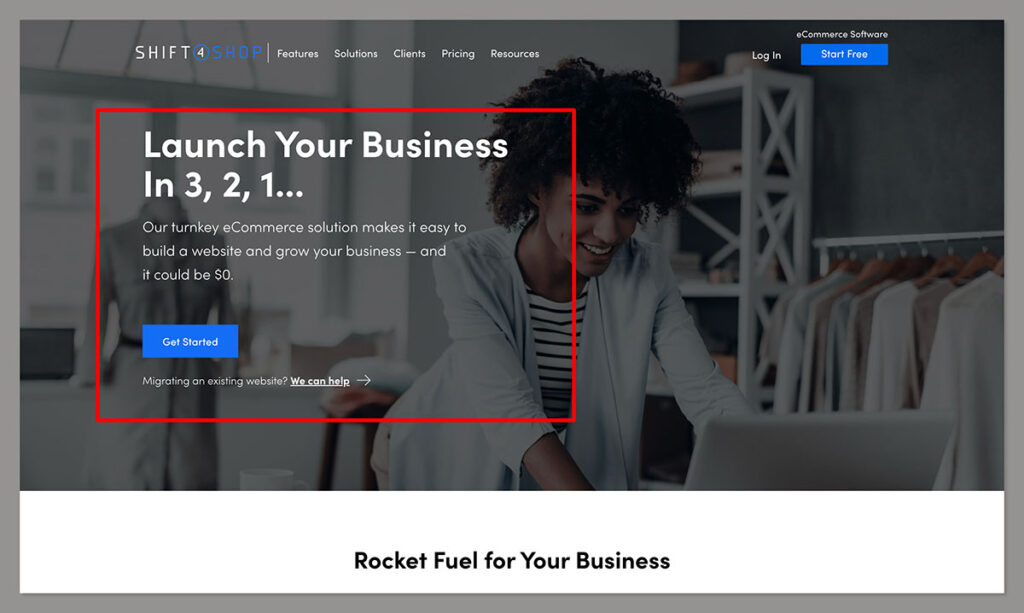
Shift4Shop is one of the older ecommerce platforms, now offering a free plan if you use its payment processing.
Pros:
- Free plan available with Shift4 Payments
- Advanced features like abandoned cart saver included
- Supports multiple dropshipping integrations
Cons:
- Interface can feel outdated
- Fewer templates than competitors
- Some integrations require manual setup
Pricing Table:
| Plan | Monthly Cost |
|---|---|
| End-to-End Free | $0 |
| Paid Plan | $29+ |
Best For: Sellers looking for a budget-friendly option with pro-level features.
Key Stats and Real-World Results
- Shopify powers over 4.8 million online stores worldwide (2025).
- WooCommerce runs 28% of all ecommerce sites globally.
- Average dropshipping gross margins sit between 10%–30% depending on niche.
- BigCommerce stores using their native checkout see 20% higher conversion rates compared to third-party checkouts.
- Spocket reports 65% of dropshippers using US/EU suppliers achieve delivery times under 5 days.
- A UK fitness store scaled to $65,000/month on Shopify in under a year using TikTok ads.
- A WooCommerce dropshipper cut costs by 25% by switching from shared hosting to VPS hosting.
Final Thoughts
If I had to give one recommendation:
- Go Shopify if you want to launch fast and don’t mind monthly fees.
- Go WooCommerce if you want control, SEO power, and long-term cost savings.
- Consider BigCommerce if you want built-in features and plan to scale fast without a lot of third-party apps.
Whichever you choose, make sure it integrates well with your suppliers, offers payment options your customers trust, and gives you flexibility for growth.
The right platform will save you hours of frustration and put more profit in your pocket.
